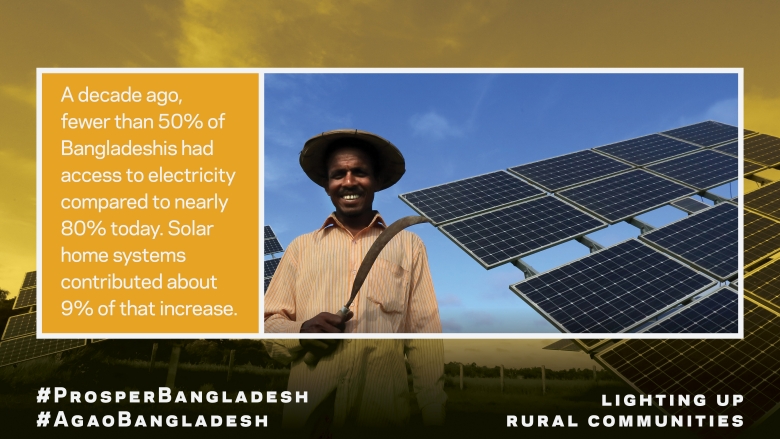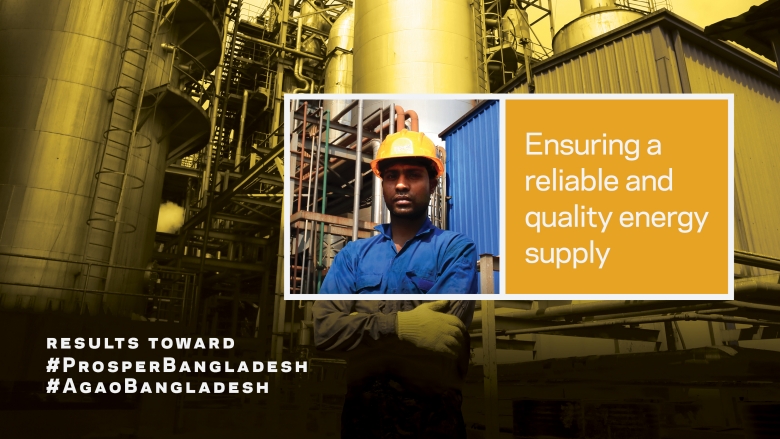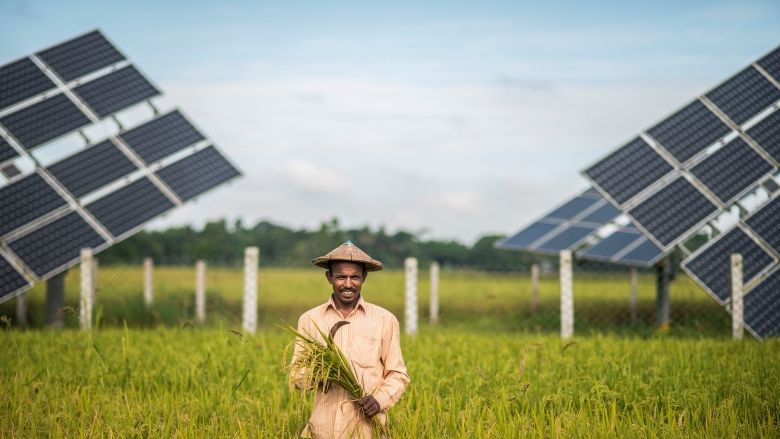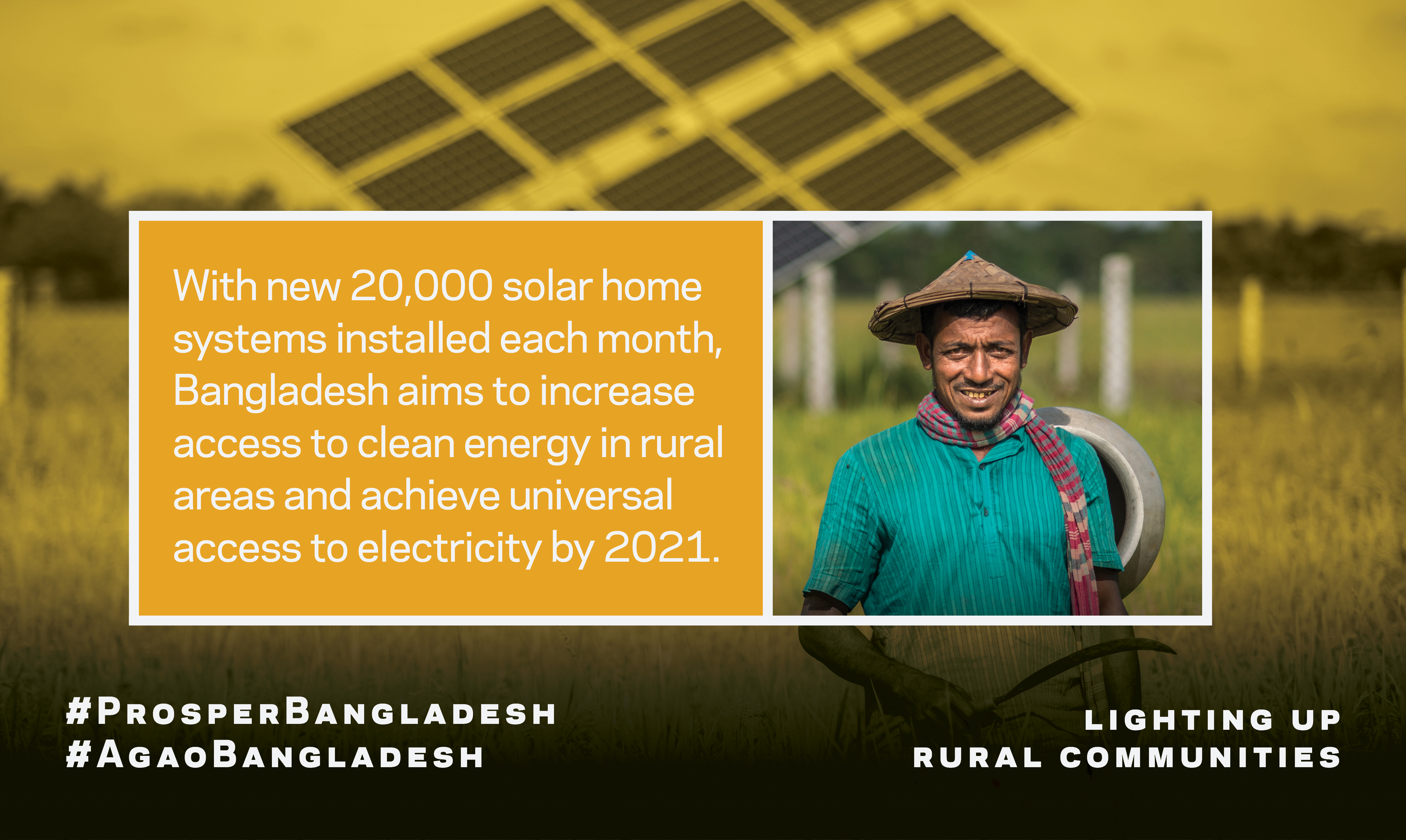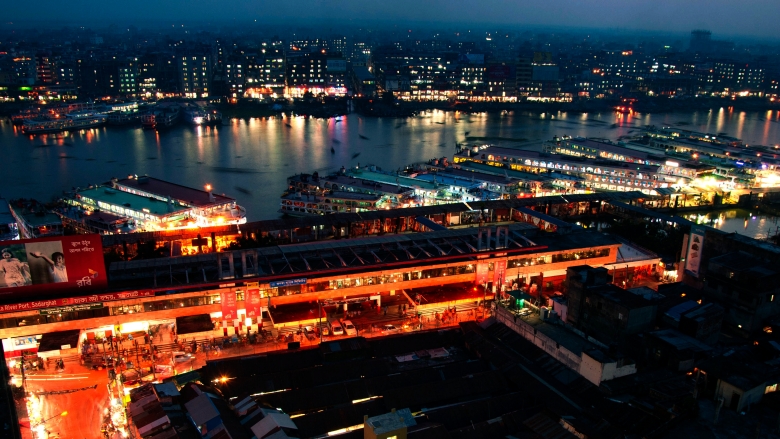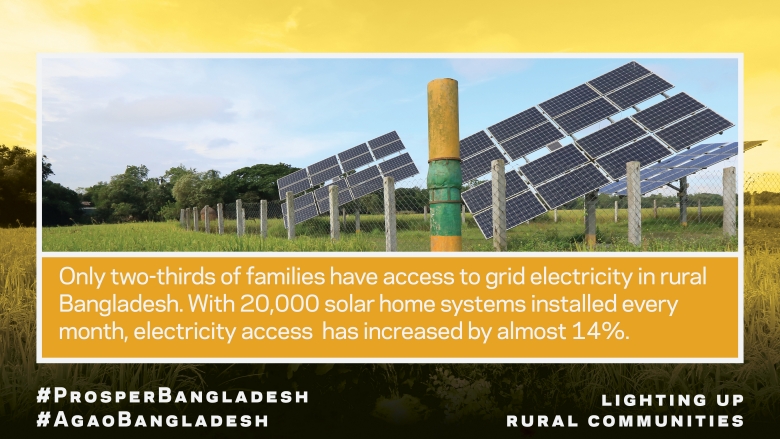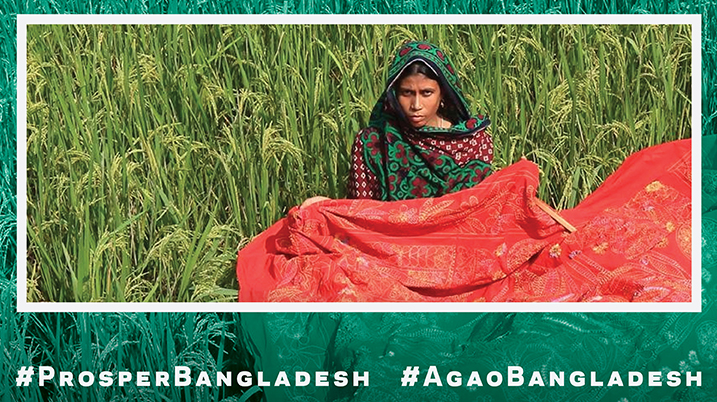Challenges – Limited capacity in spite of improving access
A decade ago, less than 50 percent of Bangladeshis had access to electricity; today, 78 percent have it, underlining the impressive progress made by the Government of Bangladesh in providing power to all its citizens, which it aims to do by 2021.
The performance of Bangladesh’s energy sector compares favorably with that of its larger South Asian neighbors, at least when it comes to distribution and transmission losses (together around 14 percent) and collection efficiency (above 90 percent).
Bangladesh initiated a successful program of private power production as early as the late 1990s and has since embarked on a large public investment program in the sector as well as a systematic program of electricity imports from India.
However, considerable challenges remain. Demand exceeds the supply of power at current prices. Generation capacity is still only 60 percent of Pakistan’s, which has a similar-sized population and per capita annual consumption of 392 kilowatts per hour is among the lowest levels in the world.
Moreover, power outages are still common in Bangladesh leading to losses of about two to three percent of the country’s gross domestic product, or GDP. Inefficient technology, poor operational practices, and inadequate maintenance limit the supply of energy, as does a shortage of natural gas, which fuels about 70 percent of Bangladesh’s power.
The shortage of natural gas means many energy generators have turned to inefficient, dirty diesel and fuel oil. That has pushed up the cost of power in Bangladesh and led to government subsides of $500 million to $600 million each year to keep prices at current levels. Liquefied natural gas imports are planned but will drive up the price of gas domestically.
Also, transmission capacity in Bangladesh is not growing fast enough to keep up with power generation, resulting in supply bottlenecks in important commercial corridors (such as Chittagong and Comilla). And periodic outages, like the November 2014 country-wide blackout, perpetuate concerns about the security and stability of the country’s power grid.
